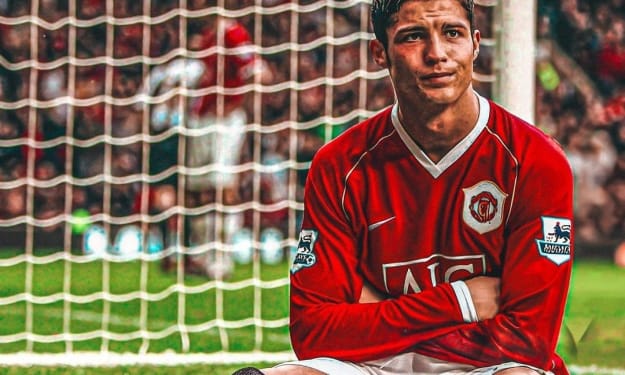
Brighton & Hove Albion Football Club, commonly known as Brighton FC or simply Brighton, is a professional football club based in the coastal city of Brighton & Hove, in East Sussex, England. The club was founded in 1901 and has a rich and varied history that has seen it experience numerous highs and lows over the years. In this article, we will take a detailed look at the history of Brighton FC, from its earliest days to the present.
The Early Years (1901-1920s)
Brighton FC was founded in 1901, originally as Brighton & Hove United. The club played its first game in September of that year, a friendly match against the Brighton Athletic Club, which they won 2-1. The early years of the club were spent playing in various local leagues, including the Sussex County League, the Brighton & Hove League, and the Southern Amateur League.
In 1920, Brighton FC joined the newly formed Third Division of the Football League, and made their league debut against Cardiff City in August of that year. Despite finishing in mid-table in their first season, the club struggled in the years that followed, and were relegated to the Southern League in 1925.
The Goldstone Years (1930s-1950s)
The 1930s saw Brighton FC move to their new home, the Goldstone Ground, which would remain the club's home until 1997. The club also saw some success on the field during this time, winning the Third Division South title in 1934 and 1938, and finishing as runners-up in 1936.
The outbreak of World War II put a halt to league football, and Brighton FC were forced to play in regional competitions during the war years. However, the club managed to maintain its strong position in the Third Division South, and even reached the semi-finals of the FA Cup in 1948, before losing to Manchester United.
The 1950s were a more difficult time for Brighton FC, with the club struggling to find consistent success on the field. However, the club did manage to reach the quarter-finals of the FA Cup in 1958, where they were narrowly beaten by Manchester United once again.
The Swinging Sixties (1960s)
The 1960s saw Brighton FC struggle for much of the decade, with the club regularly finishing in the lower half of the Third Division table. However, there were some bright spots, including a famous victory over Arsenal in the FA Cup in 1964, and a run to the quarter-finals of the same competition in 1969.
The Rise and Fall of the Seagulls (1970s-1990s)
The 1970s saw a significant upturn in fortunes for Brighton FC, as the club won promotion to the Second Division in 1972, and then to the First Division in 1979. This period of success was largely due to the management of Alan Mullery, who guided the club to promotion in 1972, and then oversaw the famous victory over Manchester United in the 1983 FA Cup Final.
However, the 1980s and 1990s were a difficult period for Brighton FC, with the club struggling to maintain its position in the top flight. The club was relegated in 1983, and then again in 1987, before dropping to the third tier in 1993. In 1995, the club narrowly avoided relegation to the Fourth Division, and faced significant financial difficulties that threatened the future of the club.
Championship and Premier League Era (2010s-present)
The 2010s saw Brighton FC achieve promotion to the Championship under manager Gus Poyet, who led the club to the League One title in 2011. The club continued to progress under subsequent managers Oscar Garcia and Chris Hughton, and achieved promotion to the Premier League for the first time in its history in 2017, finishing second in the Championship.
In their first season in the Premier League, Brighton FC secured survival with two games to spare, finishing 15th in the table. The club continued to consolidate its position in the top flight in subsequent seasons, finishing 17th in the 2018-19 season and 15th in the 2019-20 season.
In the 2020-21 season, Brighton FC again finished 16th in the Premier League, with Graham Potter at the helm as manager. The club's style of play under Potter has been praised for its creativity and attacking intent, and the club has continued to invest in its playing squad and facilities in order to compete at the highest level.
Conclusion
Brighton FC has a rich and varied history that has seen the club experience numerous highs and lows over the years. From its early days in local leagues to its recent success in the Premier League, the club has always had a strong connection to the community of Brighton & Hove and a passionate fan base. With continued investment in its playing squad and facilities, the club looks set to continue its upward trajectory in the years to come.
About the Creator
NAVEEN KAILASH B
Welcome to my Vocal Media page, where you'll find thought-provoking content on the hottest topics of the day. From politics and current events to entertainment and lifestyle, my page is dedicated to keeping you informed and entertained.






Comments
There are no comments for this story
Be the first to respond and start the conversation.